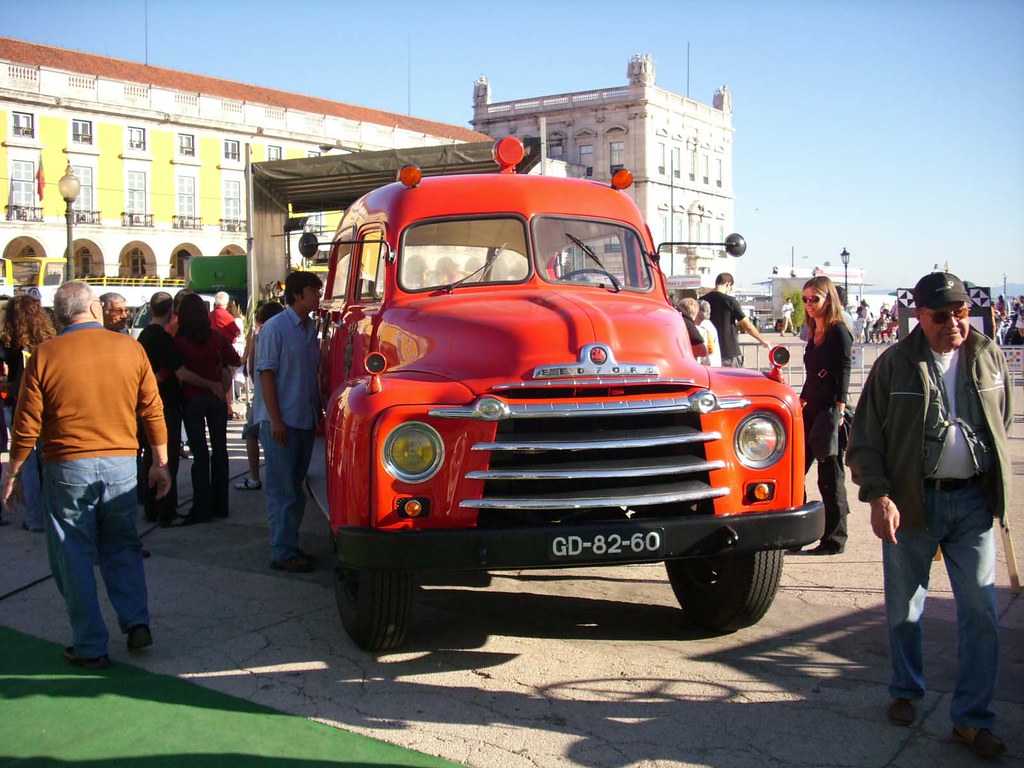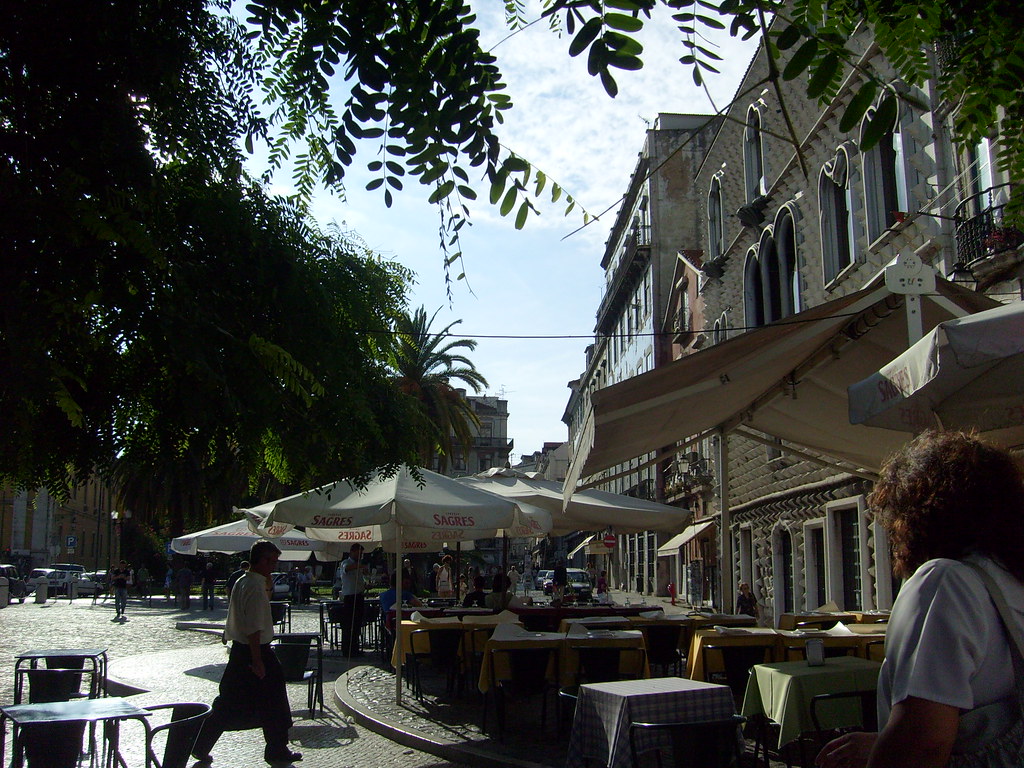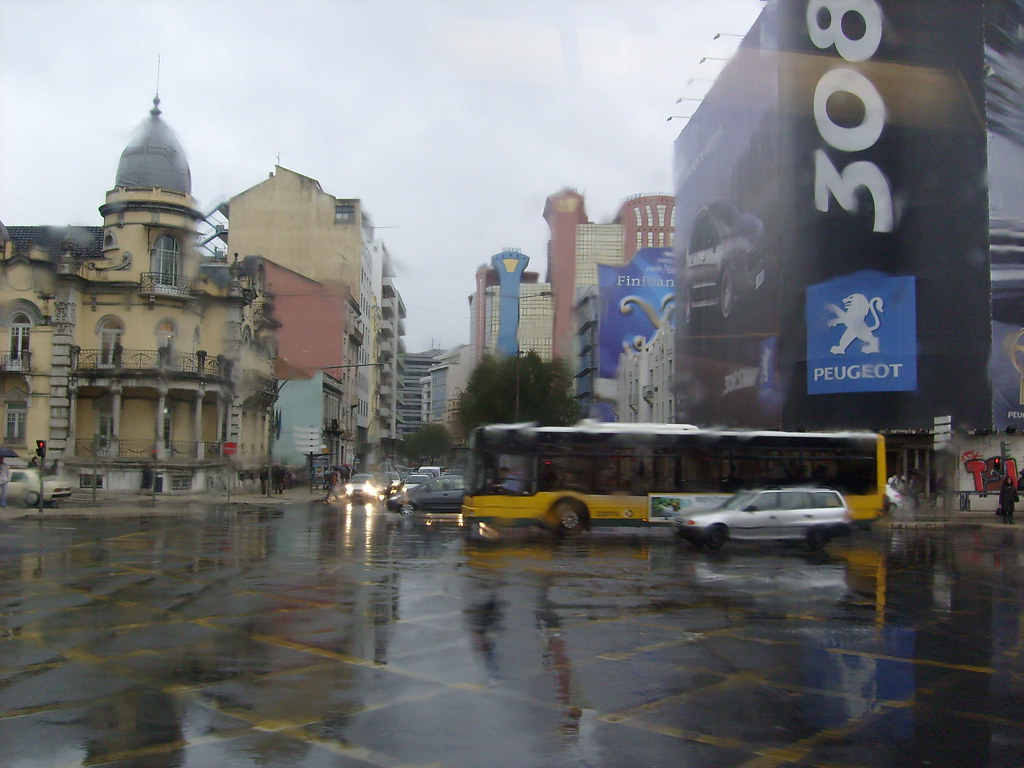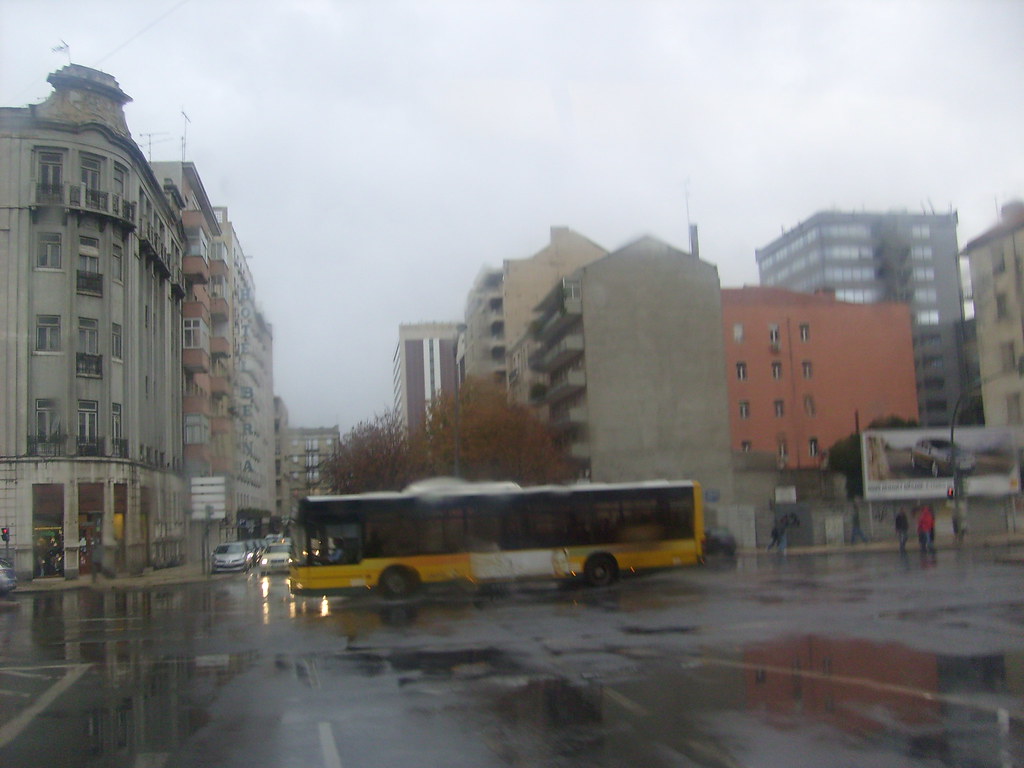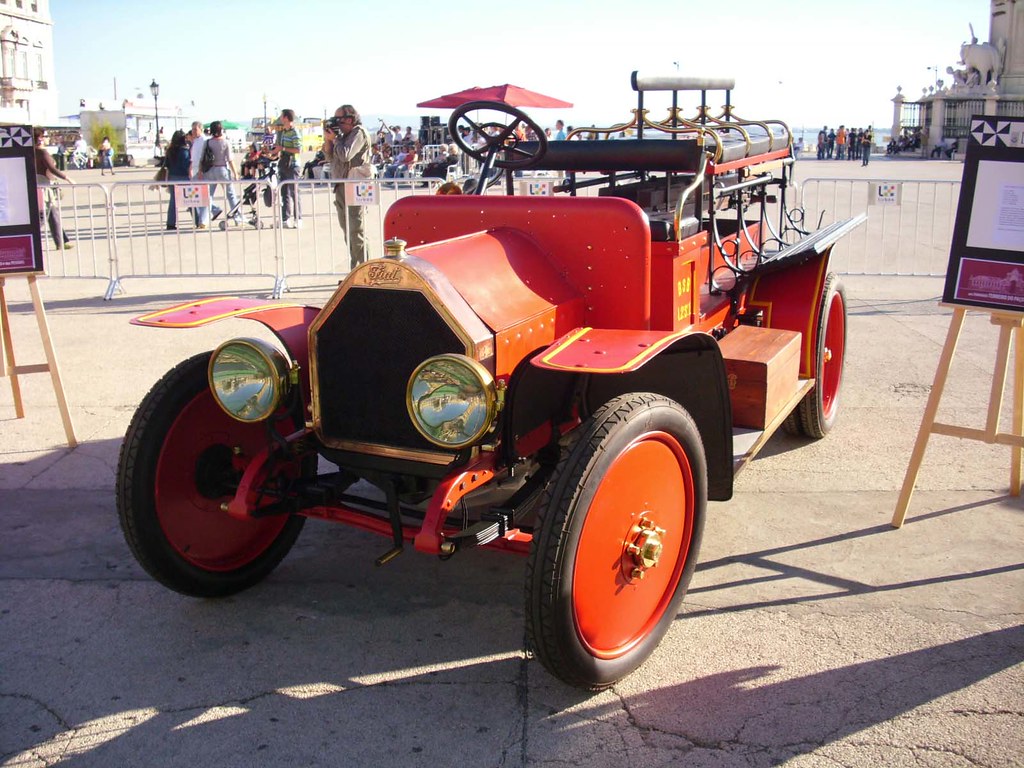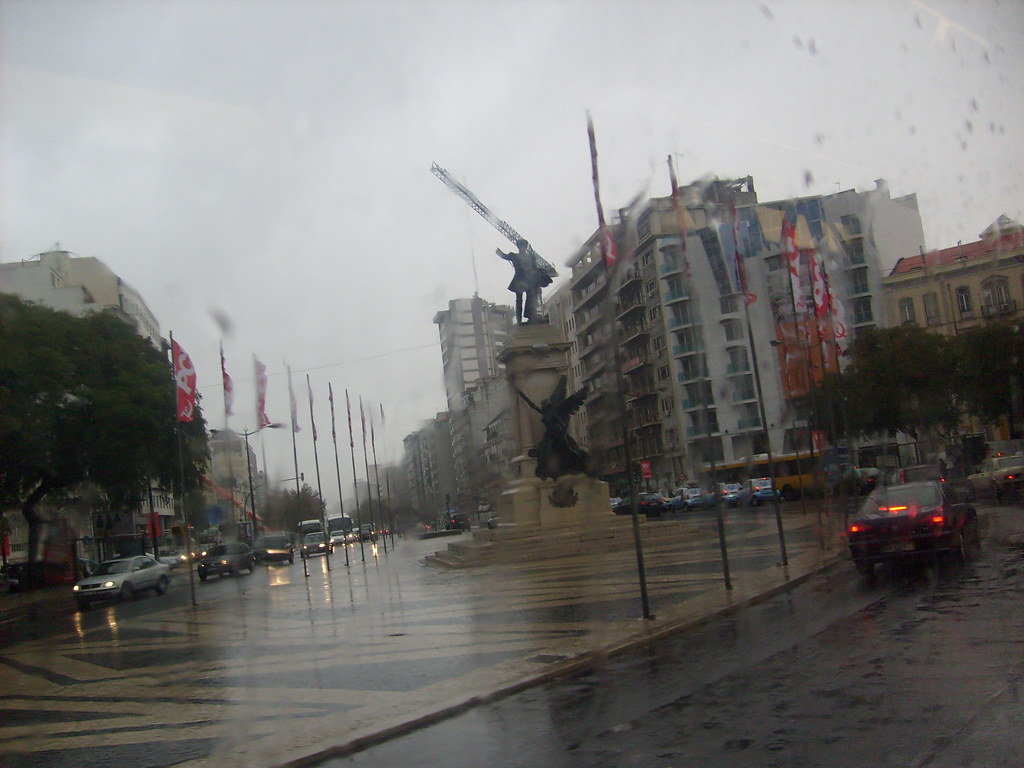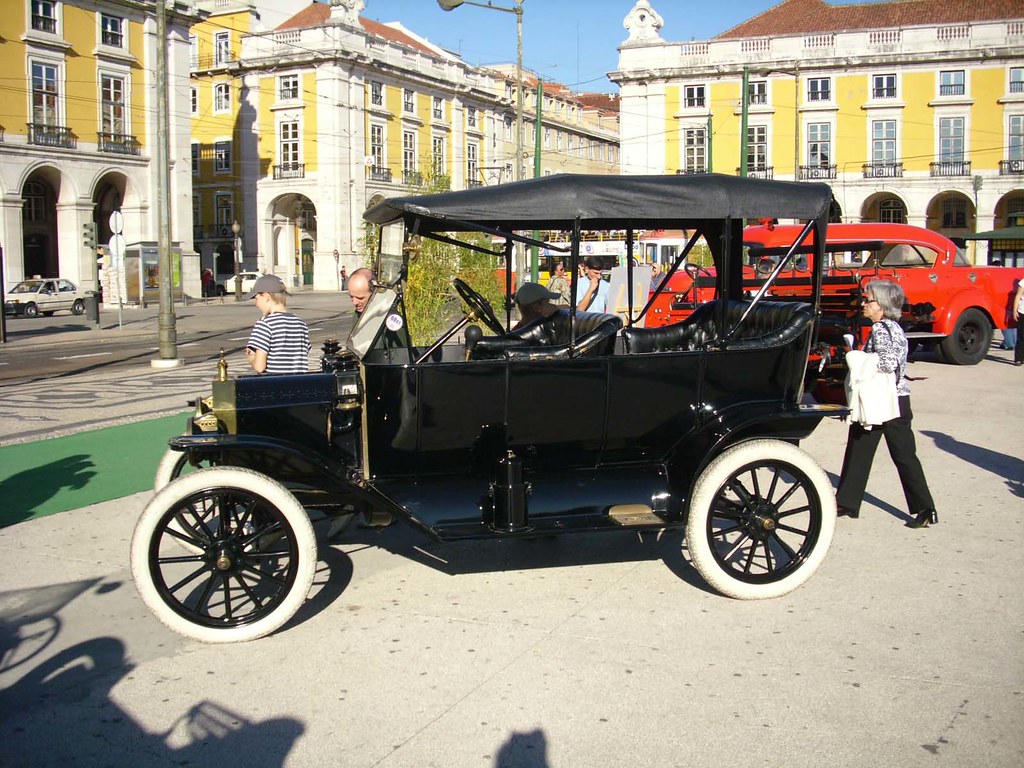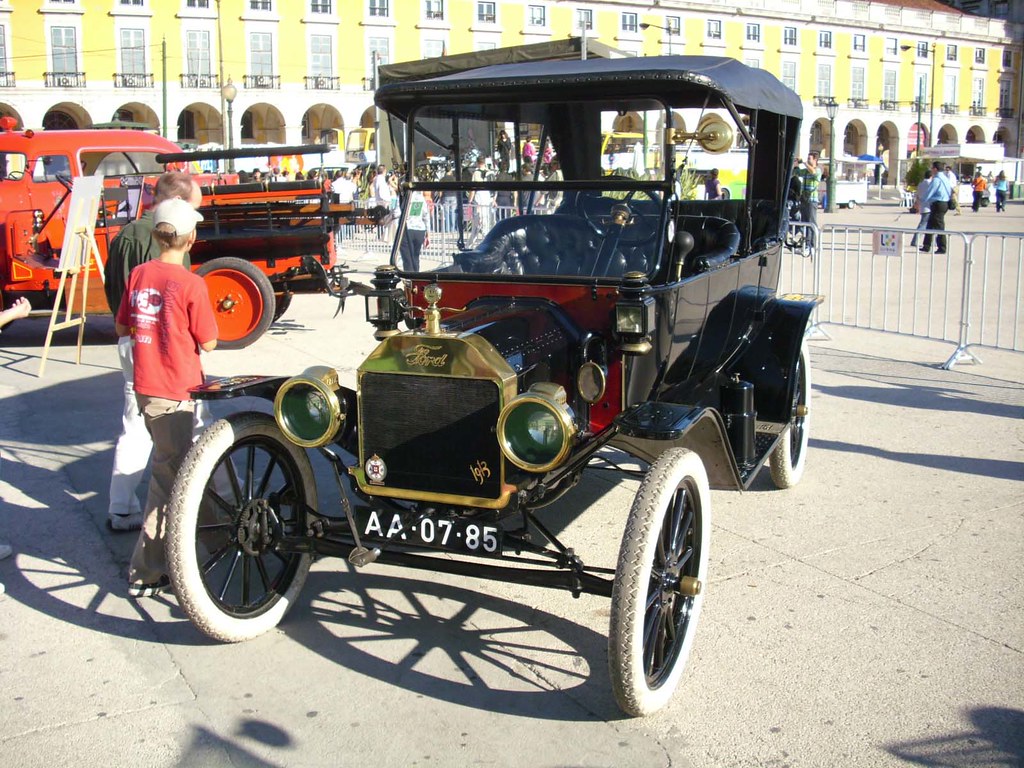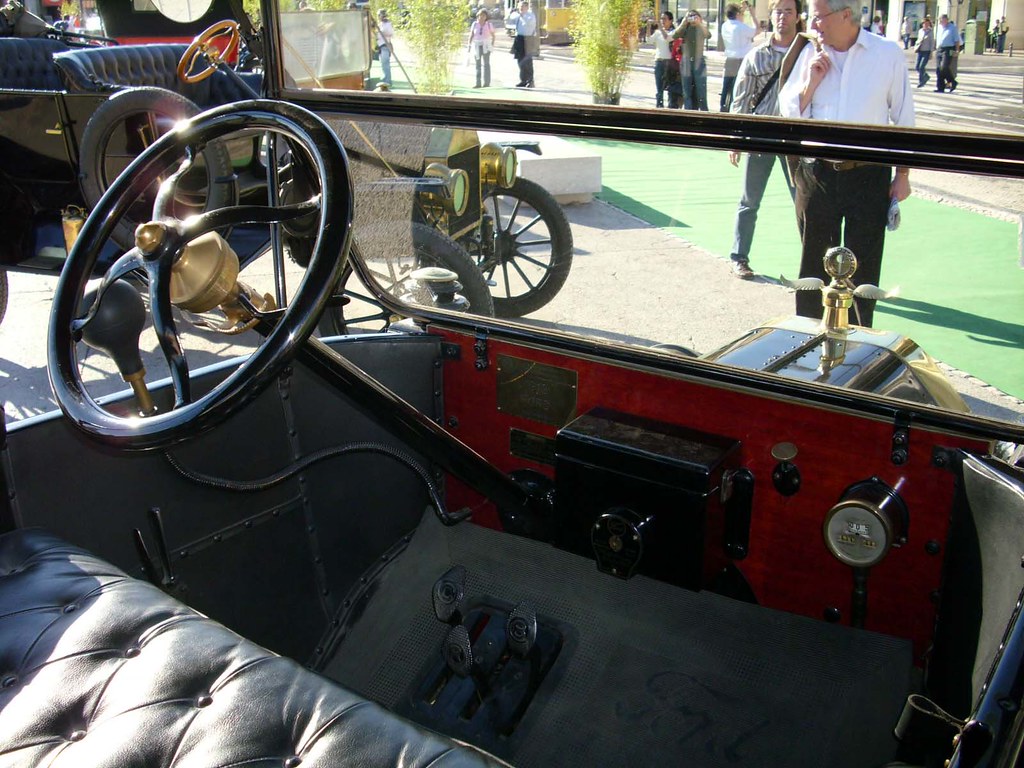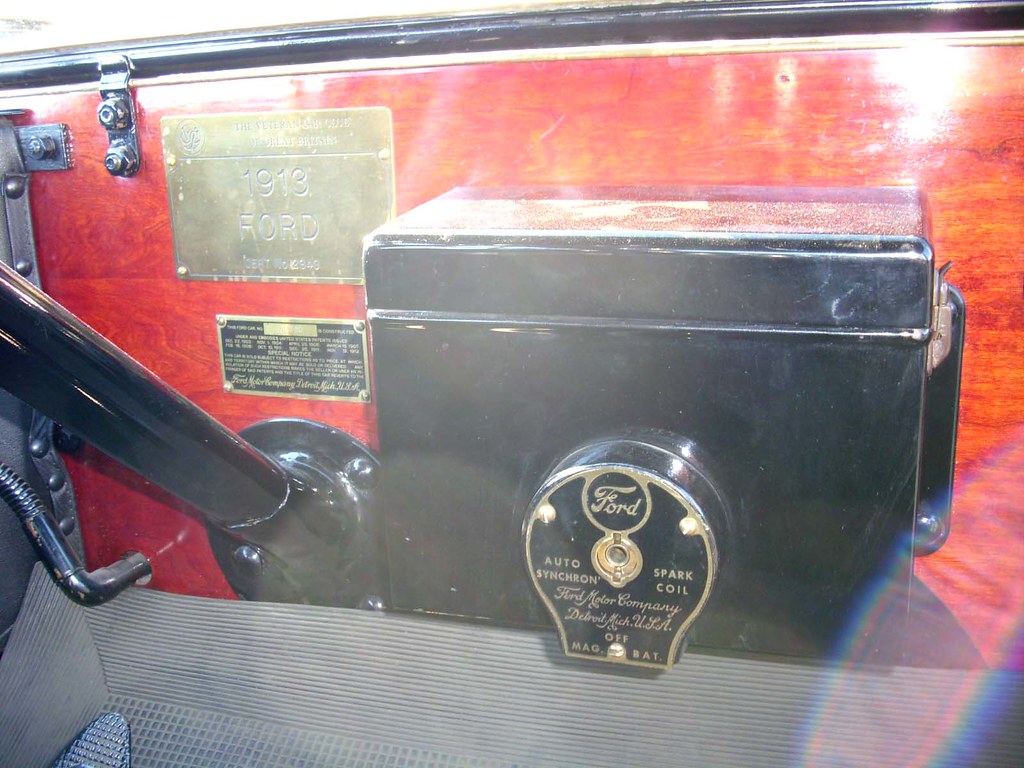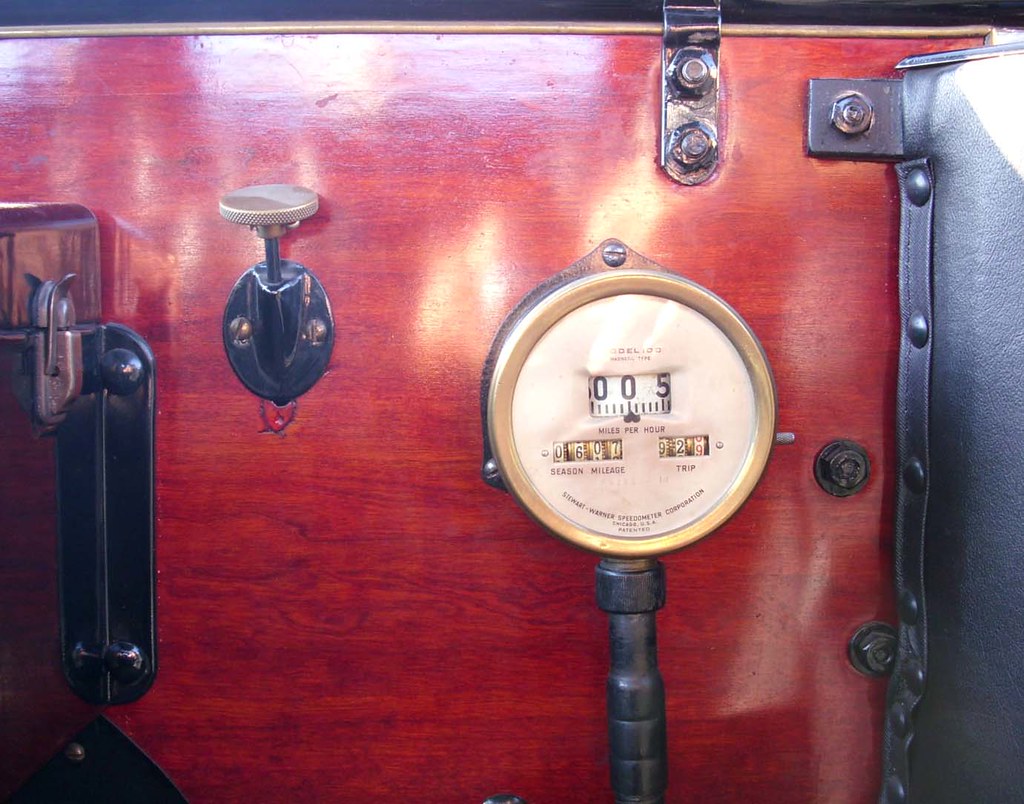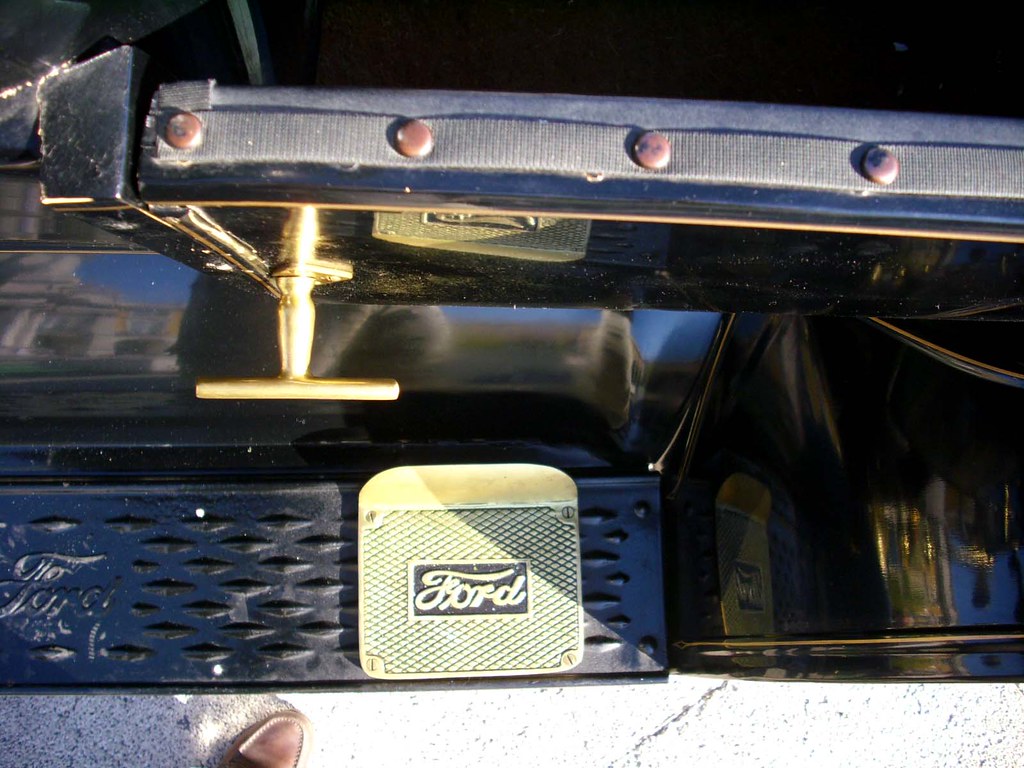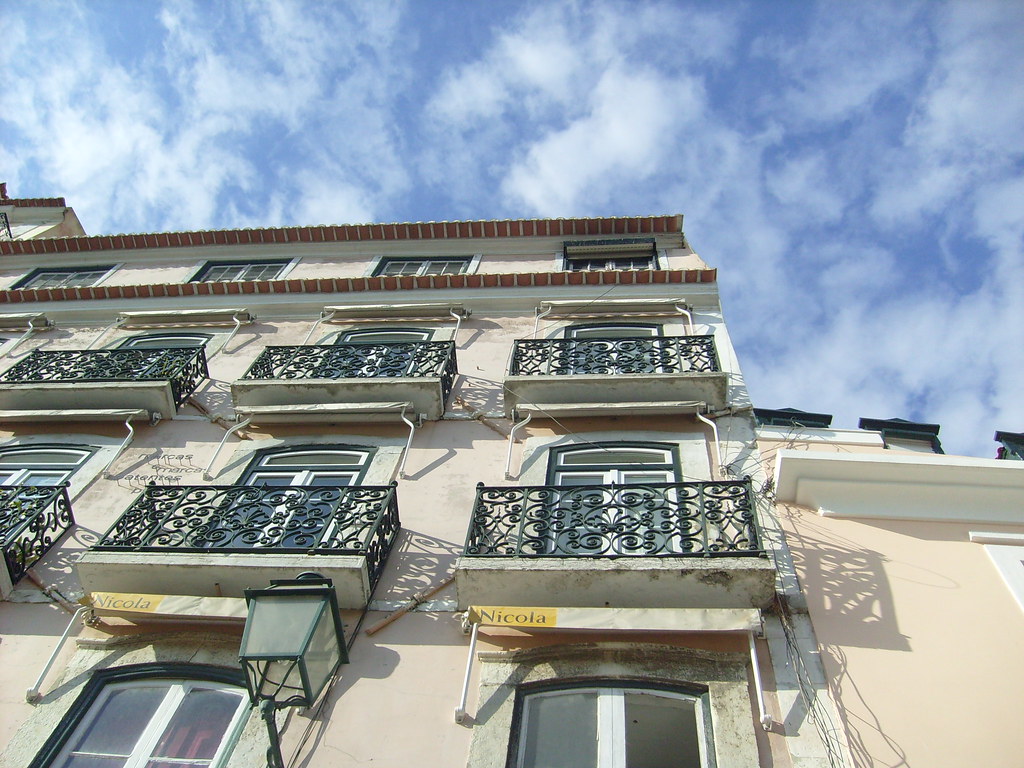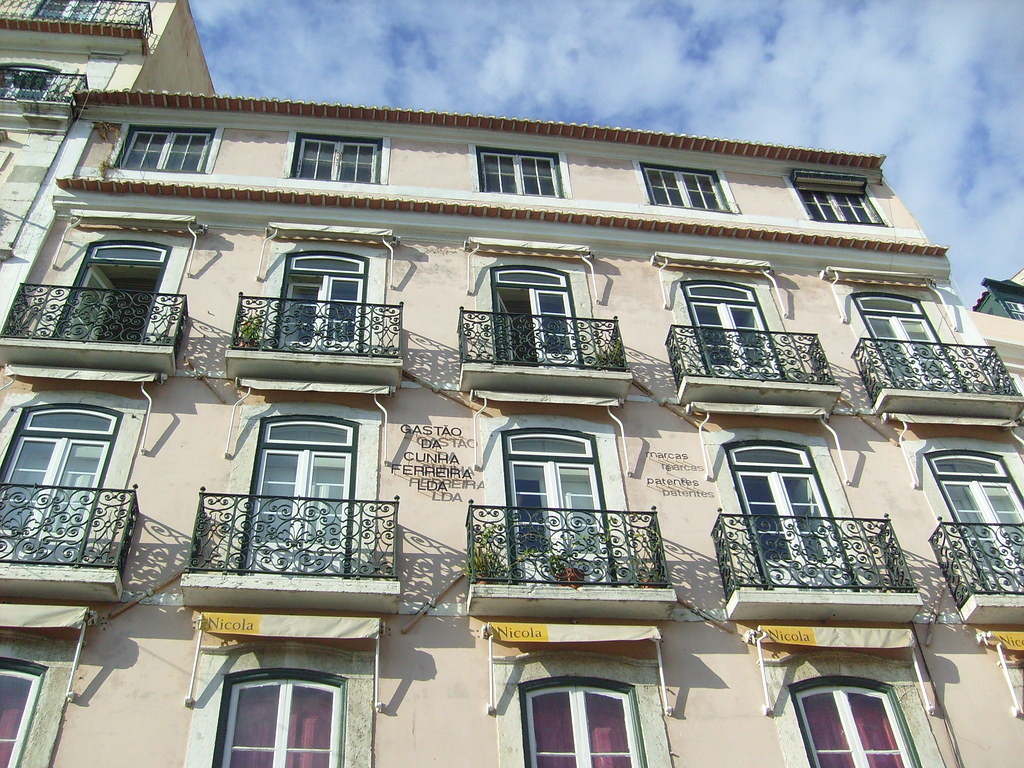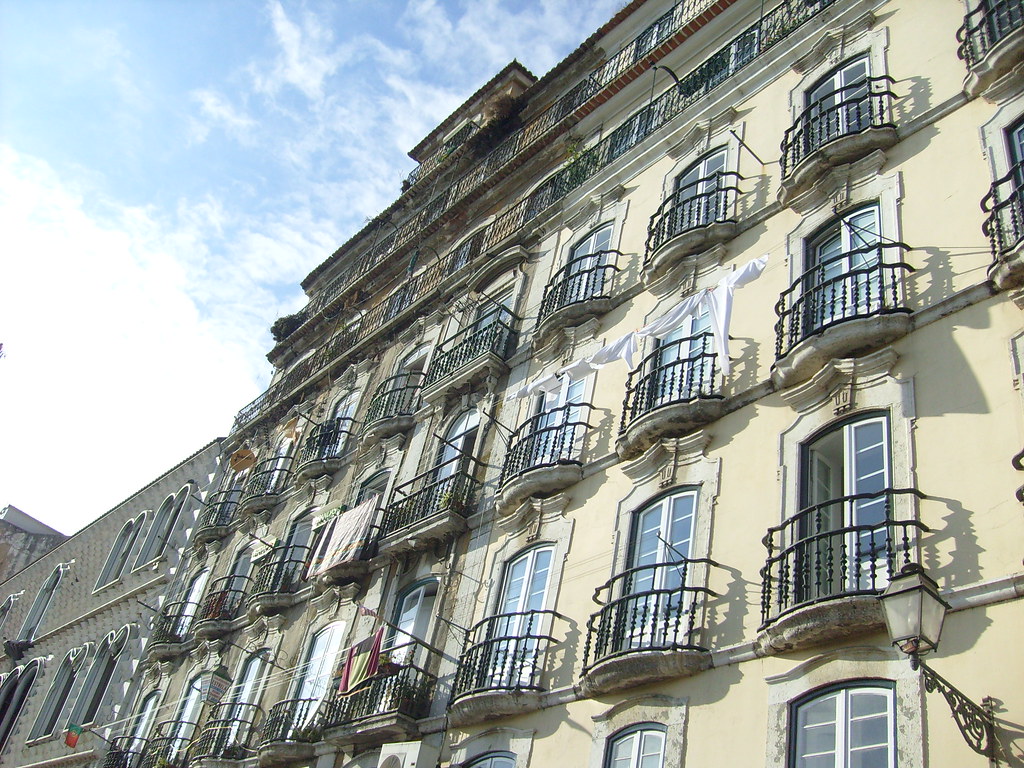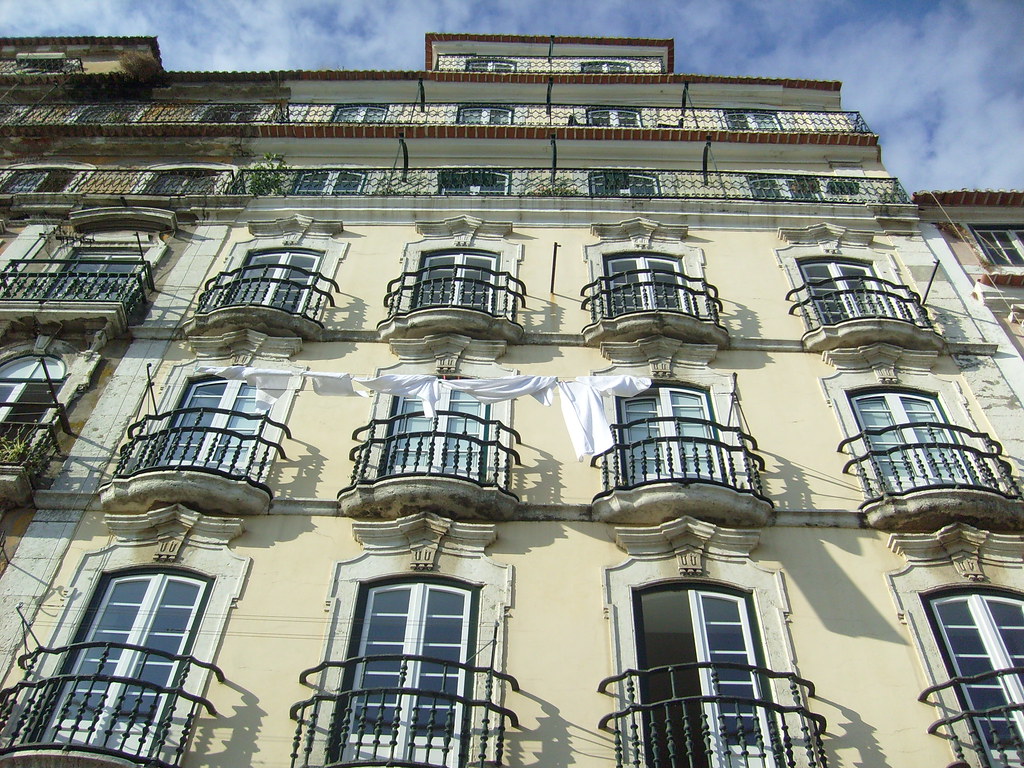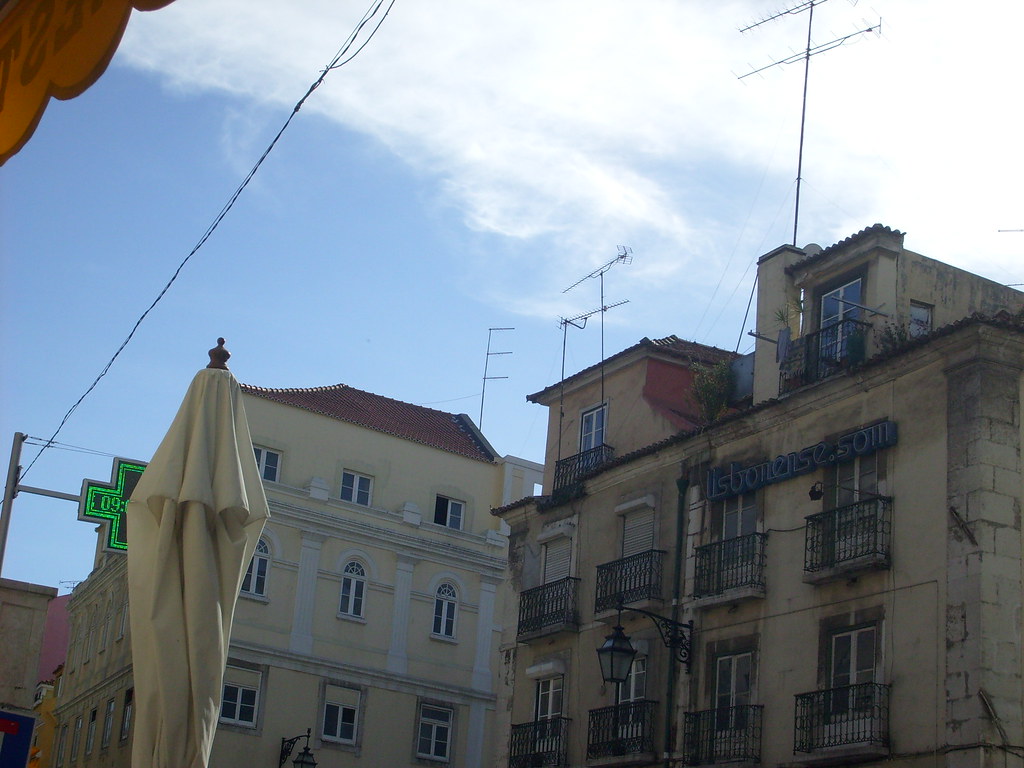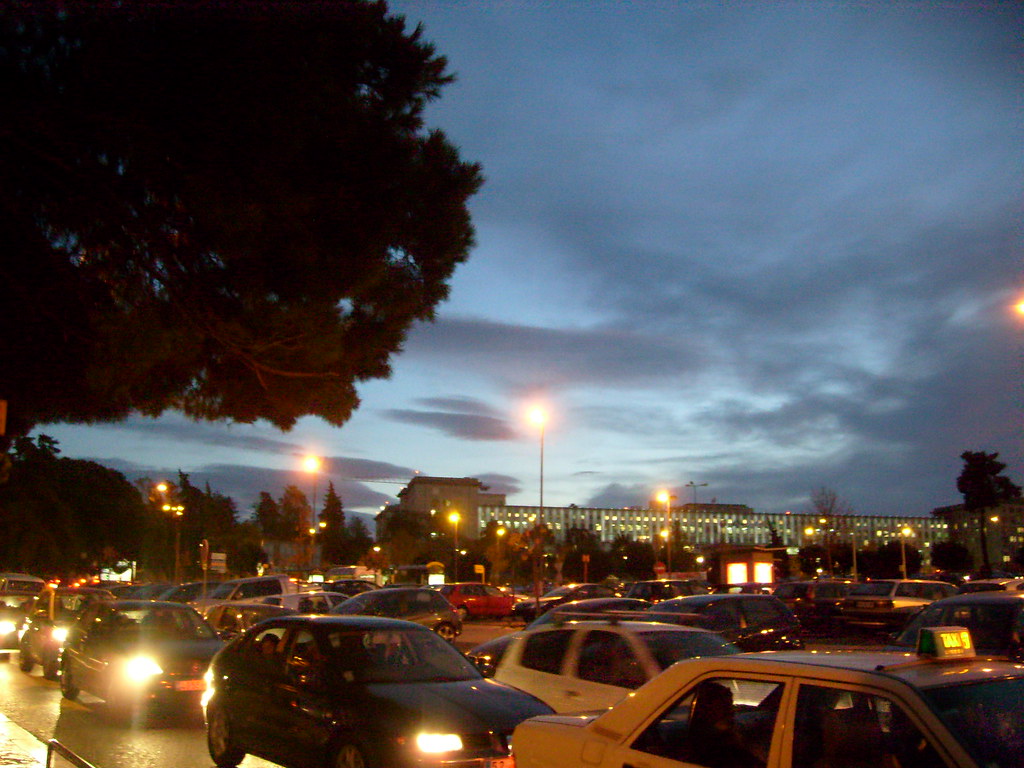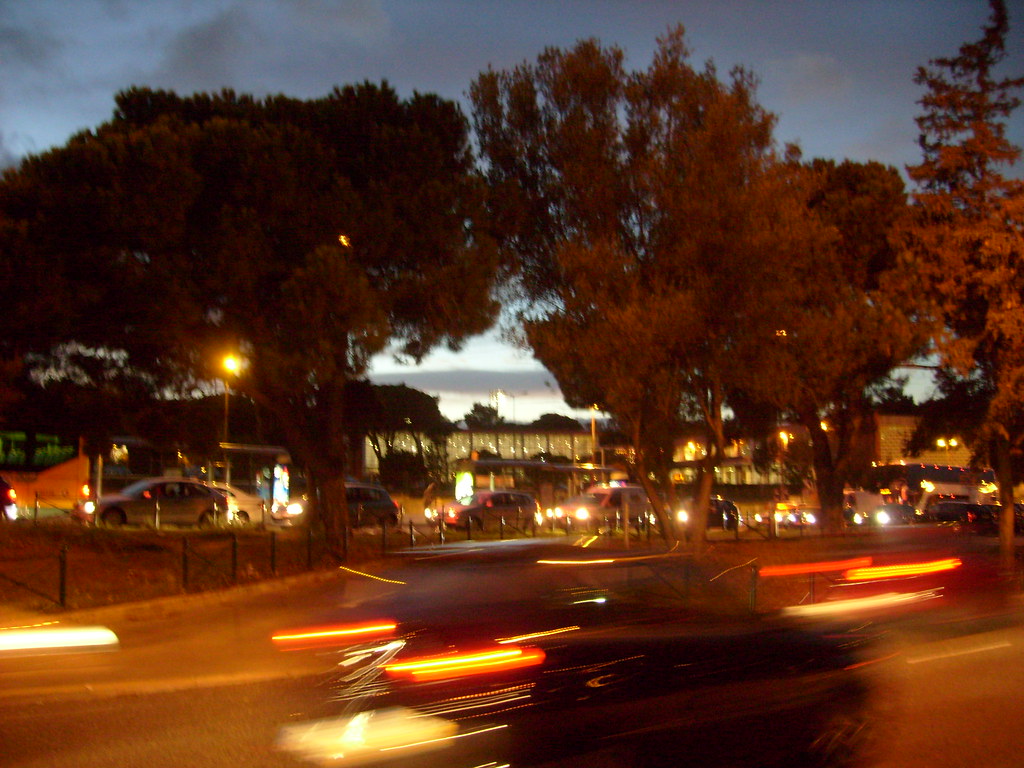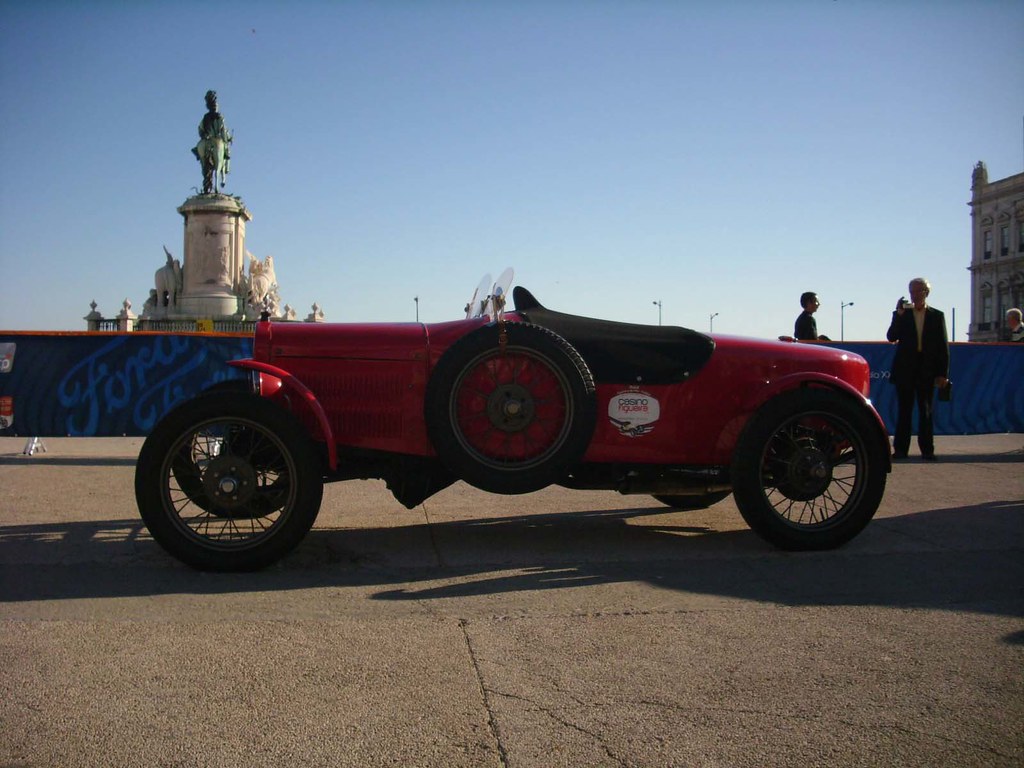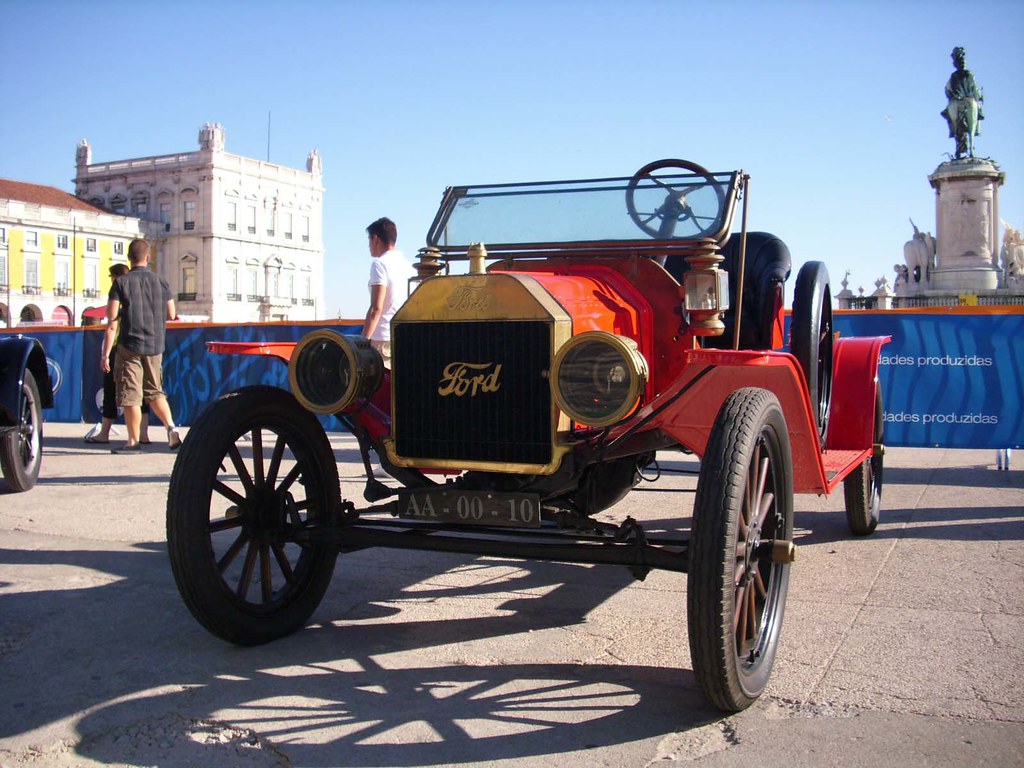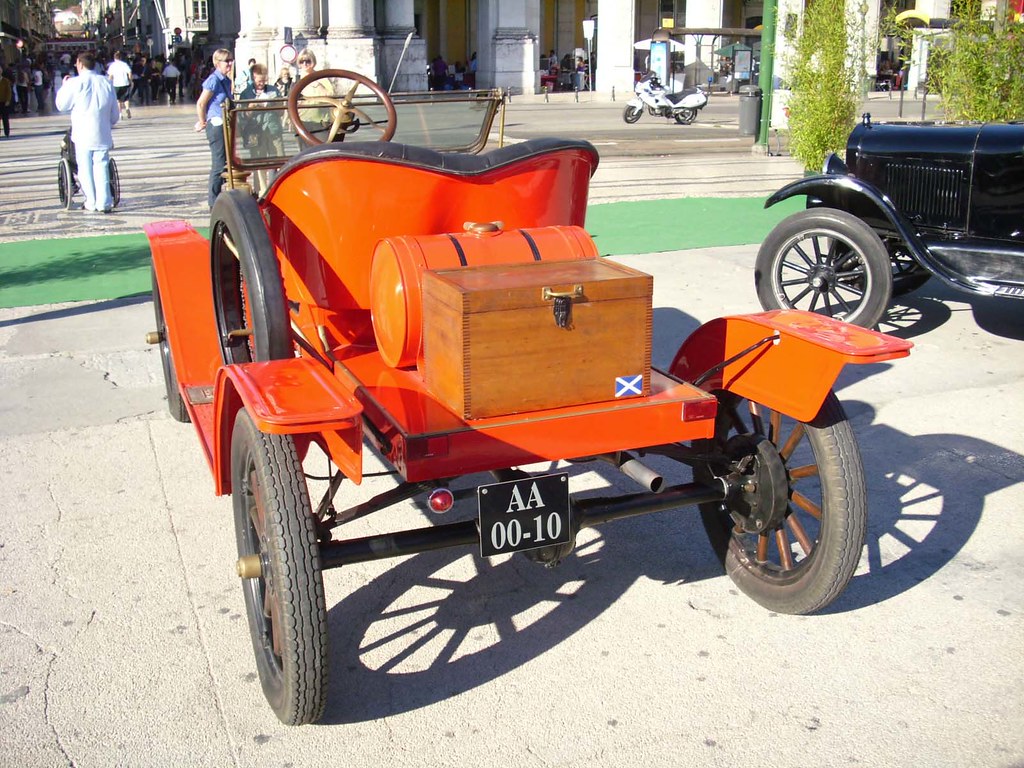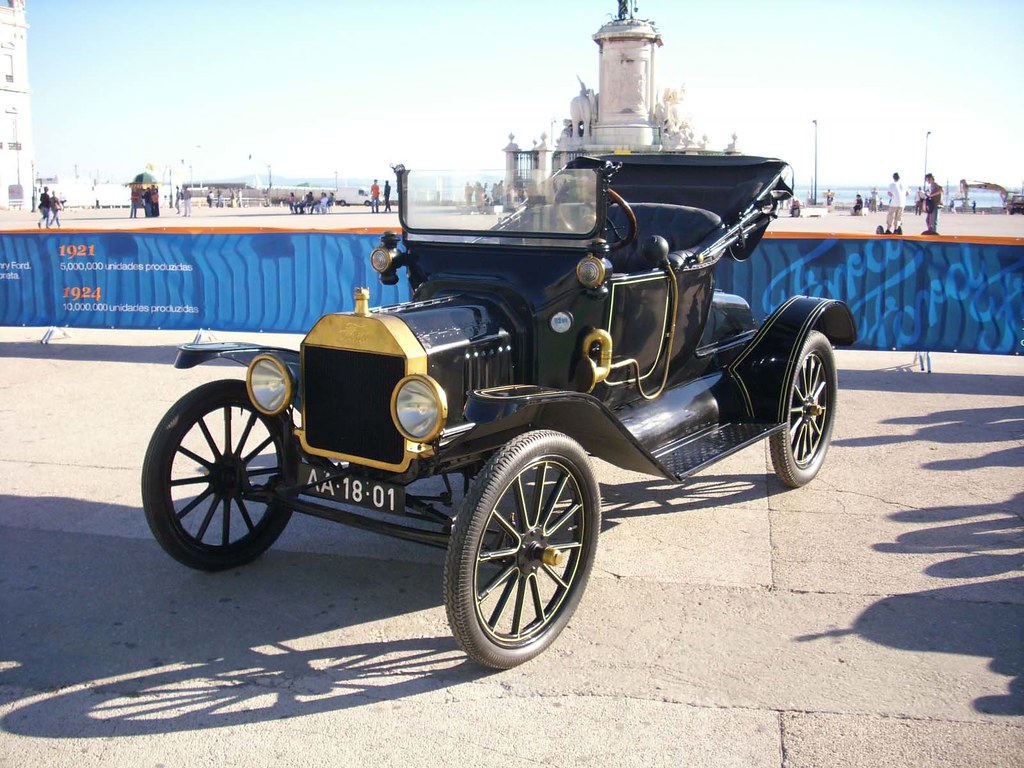Portugal based on a truck ( 'lorry') Bedford.
30/11/2008
#335 - Portuguese vehicle - 1957
Portugal based on a truck ( 'lorry') Bedford.
29/11/2008
#334 - Alfama XLIX

A 16th century architectural curiosity
"This "House of Spikes" is an architectural curiosity, faced with diamond-shaped stones (a total of 1125).
It is a 16th century palace that belonged to Afonso de Albuquerque, the Portuguese viceroy of India, and is one of the very few buildings that survived the 1755 earthquake.
It is thought to have been modelled on the palaces of Venice, although the two upper floors have exuberant arched windows characteristic of the Portuguese Manueline style.
Its interior is not usually open to the public, except when it hosts occasional special exhibitions. It is currently in the process of turning into the home of the Saramago Foundation, a space dedicated to the Nobel Prize-winning Portuguese writer. It will host special literary events and contain the author's library.
There are tourist shops in the vicinity as well as cheap restaurants known for their traditional grilled fish dishes. " [*]
| Where: Rua dos Bacalhoeiros, Alfama How: Walk from Comercio Square. When: Only opens for temporary exhibitions. |
| Sights Nearby |
Municipal Square - Home of the City Hall palace.
Rua Augusta - The city's main shopping street.
Conceição Velha Church - Church that survived the Great Earthquake.
The National Pantheon - The domed church that took centuries to complete.
Santo Antonio Church - Saint Anthony's birthplace.
The Roman Theater - The archaological remains of a once large Roman theater.
Fado Museum - The story of the national music.
Military Museum - A testament to the country's battles.
Doca do Jardim do Tabaco - Sleek restaurants and club on the waterfront.
Tune tomorrow for more Casa dos Bicos photos
28/11/2008
27/11/2008
#332 - Rainy days III

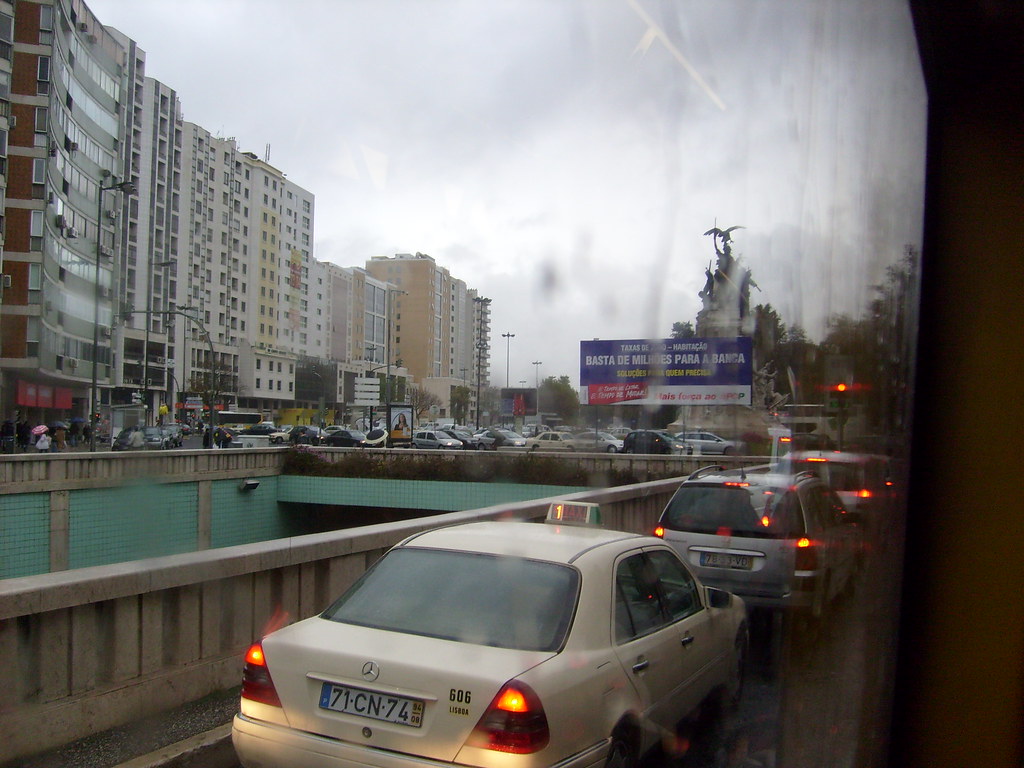

Location
Rotunda of Entrecampos (Old Square Mouzinho from Albuquerque)
Author
Jose de Almeida Ferreira (sculptor)
Francisco de Almeida Ferreira (architect)
Date
January 8, 1933
"Monument erected in evocation of the centenary of the victory of Portugal over the French troops. The ceremony of launching the first stone, chaired by King Manuel II, took place on September 15 of 1908, and the inauguration took place only in 1933.
This monument of 12metros tall, is composed of two levels, and the bottom of limestone and the top of bronze. Its composition suggests an epic reading, narrated by all sides. The front bears the tomb of Vasco da Gama, on which you see a group of monks, popular and military, who swear to defend the homeland. In light source is a doorway at the bottom of which is the tomb of Camoes, topped by verses of The Lusiads. The west side boasts a group, where highlights a girl kneeling at the feet of a male figure. In addition top of the 12 shells of villages involved in the war, there is a group of bronze, which highlights the figure of the homeland, with 5metros high, and soldiers who, with their rifles haze, threatening the Napoleonic eagle." [*]
The Peninsular War or Spanish War of Independence[3] was a contest between France and the allied powers of Spain, the United Kingdom, and Portugal for control of the Iberian Peninsula during the Napoleonic Wars. The war began when French armies invaded Portugal in 1807 and Spain in 1808 and lasted until the Sixth Coalition defeated Napoleon in 1814.
Spain's liberation struggle marked one of the first national wars[4] and large-scale guerrilla conflicts, from which the English language borrowed the word.[5] Its success was in part decided by the exploits of Spanish guerrilleros and the inability of Napoleon Bonaparte's large armies to pacify the people of Spain.[6]
Throughout the war, British and Portuguese armies defended Portugal and staged diversionary campaigns against French forces while guerrillas bled the occupiers. Together, the regular and irregular allied forces prevented Napoleon's marshals from subduing the rebellious Spanish provinces.[7] French units in Spain, though often victorious in battle, were always in danger of being cut off and overwhelmed by the partisans, and the Spanish army, though driven to the peripheries, could not be stamped out.[8] In the final years of war, with France gravely weakened following Napoleon's invasion of Russia, Wellington's allied army pushed across Spain from Portugal and liberated Madrid. Eventually, the exhausted French forces withdrew across the Pyrenees.
History:
"The Peninsular War or Spanish War of Independence[3] was a contest between France and the allied powers of Spain, the United Kingdom, and Portugal for control of the Iberian Peninsula during the Napoleonic Wars. The war began when French armies invaded Portugal in 1807 and Spain in 1808 and lasted until the Sixth Coalition defeated Napoleon in 1814.
Spain's liberation struggle marked one of the first national wars[4] and large-scale guerrilla conflicts, from which the English language borrowed the word.[5] Its success was in part decided by the exploits of Spanish guerrilleros and the inability of Napoleon Bonaparte's large armies to pacify the people of Spain.[6]
Throughout the war, British and Portuguese armies defended Portugal and staged diversionary campaigns against French forces while guerrillas bled the occupiers. Together, the regular and irregular allied forces prevented Napoleon's marshals from subduing the rebellious Spanish provinces.[7] French units in Spain, though often victorious in battle, were always in danger of being cut off and overwhelmed by the partisans, and the Spanish army, though driven to the peripheries, could not be stamped out.[8] In the final years of war, with France gravely weakened following Napoleon's invasion of Russia, Wellington's allied army pushed across Spain from Portugal and liberated Madrid. Eventually, the exhausted French forces withdrew across the Pyrenees.
War and revolution against Napoleon's occupation led to the Spanish Constitution of 1812, later a cornerstone of European liberalism.[9] The burden of war destroyed the social and economic fabric of Portugal and Spain and ushered in an era of turbulence, instability, and economic crisis. Devastating civil wars between liberal and absolutist factions, led by officers trained in the Peninsular War, persisted in Iberia until 1850. The cumulative crises and disruptions of invasion, revolution, and restoration led to the independence of Spain's American colonies and the independence of Brazil from Portugal." [*]
26/11/2008
25/11/2008
#330 - Rainy days II
Ressano Garcia Avenue called to the establishment of the Republic, this artery extends from the Plaza Duque de Saldanha to Entrecampos Square, where there are several important buildings, especially headquarters or offices of large companies and some trade. The number of residents is negligible.
It is along this avenue that is the Plaza de Toros do Campo Pequeno, who reoppened to the public in 2006. It is also next to the railway station of her Entrecampos, one of the most widely used of the Portuguese capital, right next to the Old People's Fair that for a long time, was the largest amusement park in Portugal.
The Avenue of the Republic is served by three stations, Metro: Saldanha, Campo Pequeno and Entrecampos, and several rows of the bus rails." [*]
24/11/2008
#329 - Theme day topic: Circles/Spheres


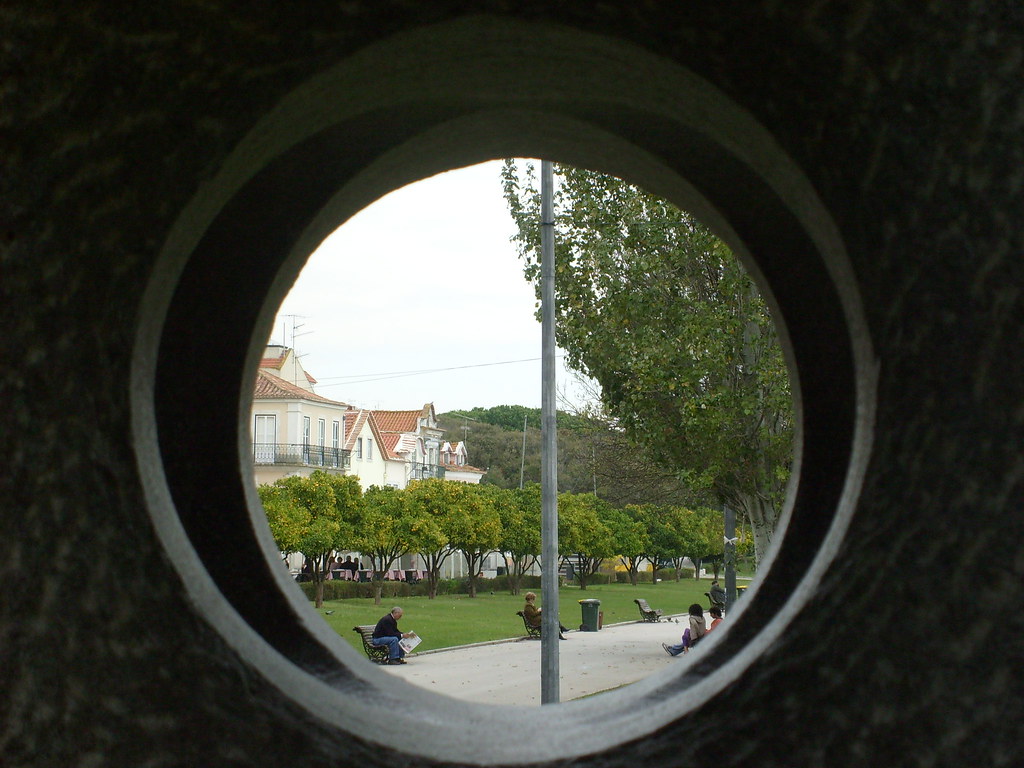


"Inaugurated in 1995 to house sculptures signed by contemporary artists both national and international, the Sculpture Garden was the manner in which the National Costume Museum found to enrich the landscape patrimony that is today the Monteiro-Mor Park.
Having the benefit of a natural environment and a diversified landscape, each sculpture is implanted according to its author’s criteria, avoiding in this manner the constraints that so often occur in exhibitions held in traditional spaces.
It is in this context that the sculptures by Catarina Baleiras and Niizuma come to feature in the garden; two artists who, together, represent the moment of creation. West and East reunited in one space, strengthening the age-old relationship between these two peoples. Thus, the Portuguese sculptor Catarina Baleiras expresses herself through her “Ladies of Strong Character Cultivate Wild Herbs”, a work that guided by the idea of an amalgam that resembles, by its form and not by the matter it is made of, a ball of yarn made of wool, linen, cotton or silk. The Japanese artist, on the other hand, evokes, through his sculpture “Castle of the Eye”, a verticality conquered by Homo Erectus. It is with this work that Niizuma also wishes to convey, in abstract form, his age-old Samurai origin.
The Sculpture Garden is also dedicated to Santo Antonio and to the 23 Franciscan friars who were crucified in the city of Nagasaki in 1597, best known as the “Martyrs of Japan”
During the course of this year, on the occasion of the Silver Anniversary of the National Costume Museum and the Monteiro-Mor Park, two more sculptures will be implanted in the park: Soror Mariana (Sister Mariana) by João Cutileiro and A Mola (The Spring) by José Lucas." [*]
Click here to view thumbnails for all participants
23/11/2008
22/11/2008
#327 - Rainy days I

"At the heart of the Plaza Duque de Saldanha, is a monument that evokes the memory of a great military, political and Portuguese statesman. The name was evoked JJOÃO CARLOS DE SALDANHA OLIVEIRA E DAUM, 1st Earl, 1st Marquess and 1st Duke of Saldanha. Born in Lisbon on November 17 in 1790 and died in London on November 21, 1876.
Thirteen years after his death, coming to remind the relevant services to the Fatherland and Freedom, has been open tender for the construction of the monument, which was charged by public subscription. Among several competitors, won the draft submitted by statuary Tomas da Costa and the architect Miguel Ventura Terra.
On Nov. 5 of 1904, proceeded to the formal ceremony to launch the first stone, chaired by King Carlos, on February 13 of 1909, was inaugurated by King Manuel II.
The monument has a pedestal with 7.28 meters tall, square base, flanked the same order of columns and capitals cinnamon, topped with a bronze statue in the honored, that with 3.18 meters in height.
At the base, the side facing the Avenida Fontes Pereira de Melo, presented in a bronze allegorical figure of "Victory", draw in the right hand, a sword and winning on the left, the glorious palm. From this figure, also executed in bronze, are the weapons between branches of Portuguese laurel. In the other sides of the pedestal, there are heads of lions, arguing in the mouth range with decorative inscriptions alluding to the campaigns of Marshal: the north, campaign Montevideo (1816 - 1823); to this, Peninsular War (1806 -1814) and, to the west, the campaigns of Freedom (1826 to 1834).
The statue and all the decorative elements were merged in the Army Arsenal, the statue weighing 2354 kg and allegory of the "Victory" 1920 kg." [*]
20/11/2008
19/11/2008
#324 - Sky watch today
18/11/2008
#323 - 100 Years of Ford T, on the 26th of October - II
oil lamp
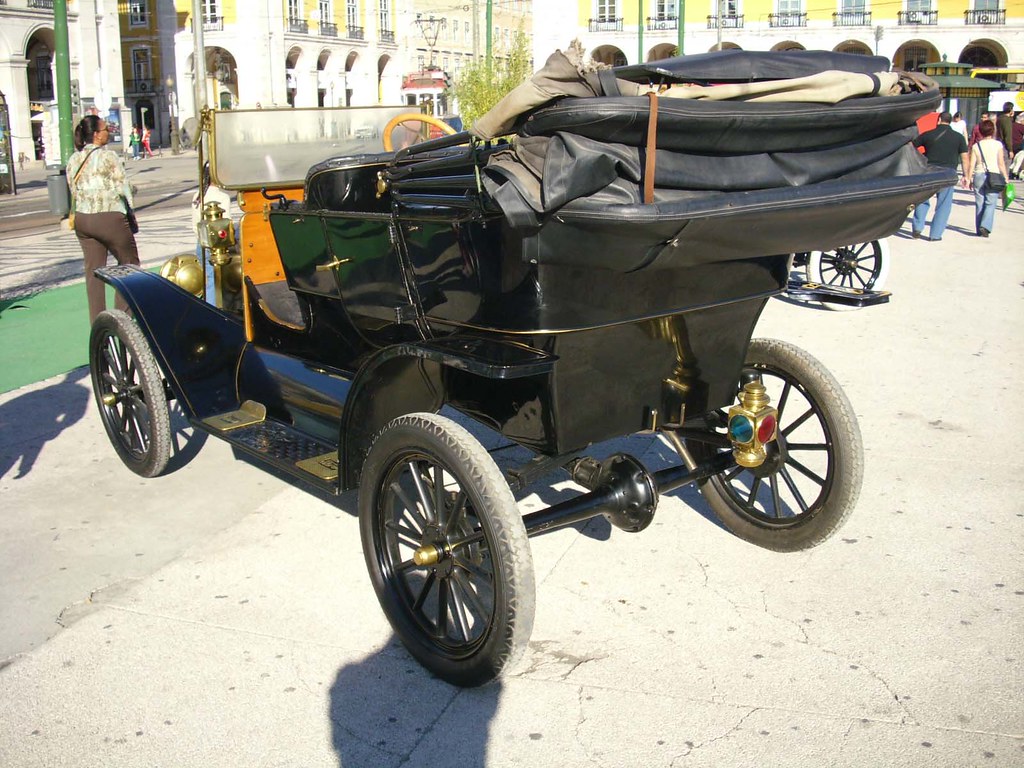
Photos by João Quaresma
Here are some of his words:
... I'm fond of classic cars, specially these early XXth Century.
One thing truly special about them is that when one of these cars drives by, the immediate, first reaction from anywone around is to smile. That is one thing that classic cars have in common with babies. Notice it next time you see one.
In those days, Ford Ts used to rule the automobile business. Fords were not just good but excellent in design, sturdy, reliable, dependable, able to go off-road, and also cheap (in the 1920s it cost half the original price in 1908). The only reason not to buy one was because you didn't want to have the same car as everyone else, or it wasn't luxurius enough.
Comming from a family of Ford-owners, I'm deeply sad to know the company isn't in shape despite a century-long experience in the business. Hope it improves.
With regards,
JQ
17/11/2008
#322 - 100 Years of Ford T, on the 26th of October - I
Photos by João Quaresma
Thanks again João Quaresma for submitting this wonderful photos :)
Tune tomorrow to see more models of this awesome car.
